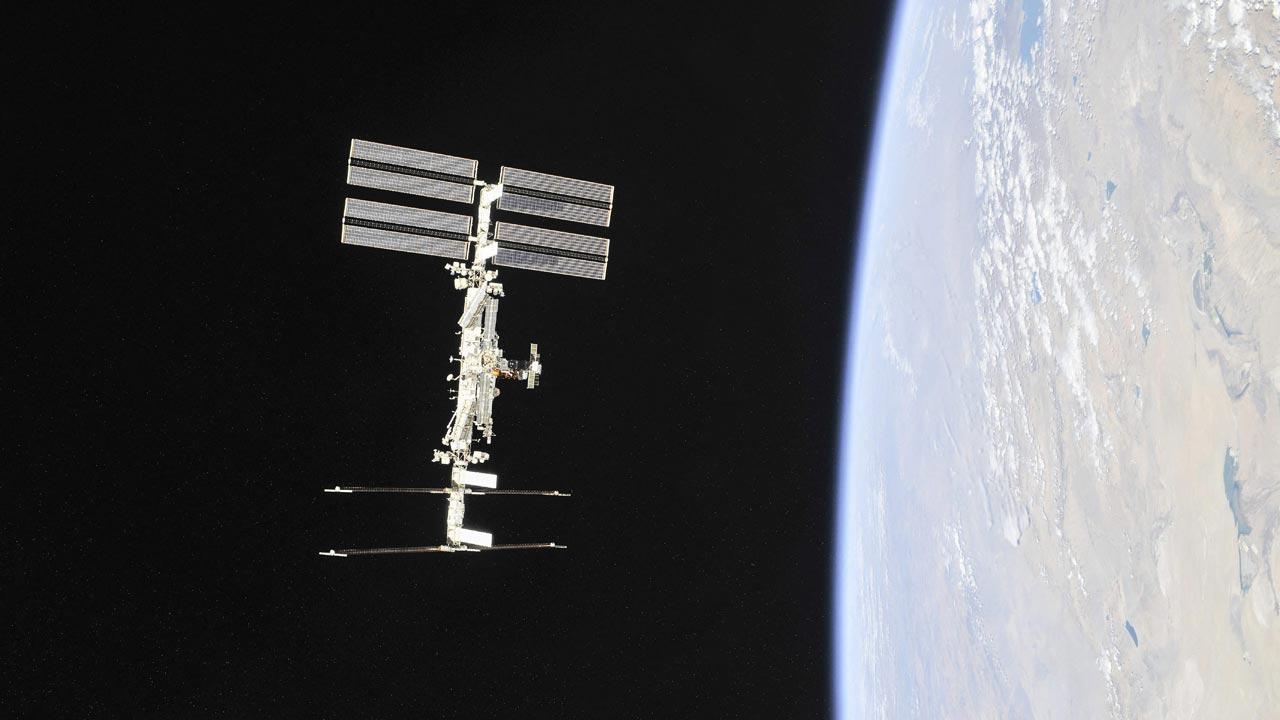Researchers Qamar Shams and Allan Zuckerwar at NASA's Langley Research Centre in Hampton, Virginia, realised that if air traffic controllers or pilots could listen in on these whirling vortices before airplanes encounter them, an alternate route could be plotted.

NASA. Pic/AFP
In a move that could revolutionise both flight planning and aeronautical research, scientists at NASA have developed technology to find turbulence zones hundreds of kilometres away.
ADVERTISEMENT
Everything in the atmosphere can make a sound. Volcanoes rumble, waterfalls crash, and air rushes, but there is more to that sound than what our ears perceive.
Much like how infrared light consists of frequencies that are not visible to the naked eye, there is an audio analogue called infrasound. Infrasound consists of pitches too low to be heard by the human ear, between 0.001 and 20 hertz.
The sudden turbulence sometimes experienced when flying is called clear-air turbulence, so named because there are no visible clouds or atmospheric features to warn of the disruption.
Turbulent invisible air can seemingly come out of nowhere and wreak havoc on aircraft. Though it is not easily detected visually, clear-air turbulence has a definite infrasound signature.
Researchers Qamar Shams and Allan Zuckerwar at NASA's Langley Research Centre in Hampton, Virginia, realised that if air traffic controllers or pilots could listen in on these whirling vortices before airplanes encounter them, an alternate route could be plotted.
Their experiments began in 2007, but, unsurprisingly, initial tests showed that they could not grab just any off-the-shelf microphone and expect it to work with infrasound.
The long wave frequencies tend to get overpowered by higher-frequency sounds, which results in interference. Shams and Zuckerwar began developing something that could listen to these low frequencies in high fidelity.
Microphones use a moving diaphragm to pick up audio where sound waves cause the surface to vibrate. The researchers used a low-tension diaphragm with a wide radius paired with a large, sealed air chamber behind it to allow the microphone to hear these ultralow sound waves that travel great distances.
The infrasonic microphones are manufactured by PCB Piezotronics of Depew, New York, under contract with Langley.
With the sensor completed, testing began.
When the microphones were placed in an equidistant triangular pattern around the grounds of Langley's runway, they were able to pick up and locate atmospheric turbulence more than 300 miles away, in the skies above Pennsylvania.
This story has been sourced from a third party syndicated feed, agencies. Mid-day accepts no responsibility or liability for its dependability, trustworthiness, reliability and data of the text. Mid-day management/mid-day.com reserves the sole right to alter, delete or remove (without notice) the content in its absolute discretion for any reason whatsoever
 Subscribe today by clicking the link and stay updated with the latest news!" Click here!
Subscribe today by clicking the link and stay updated with the latest news!" Click here!






